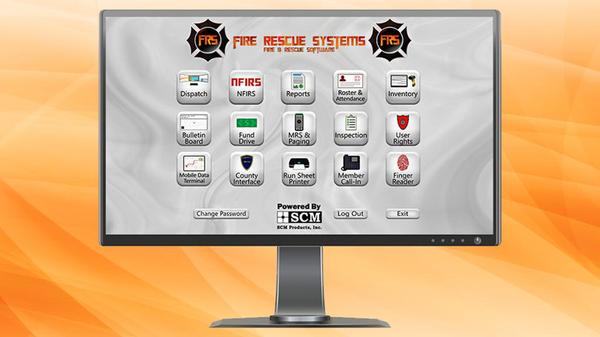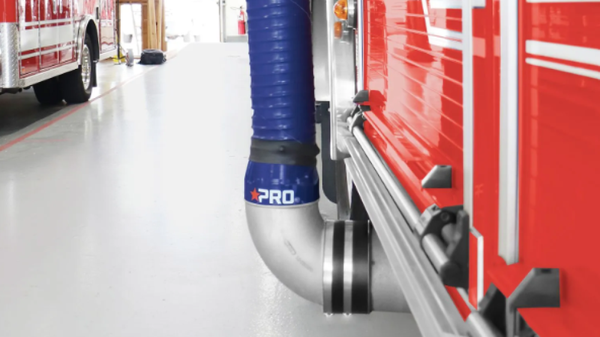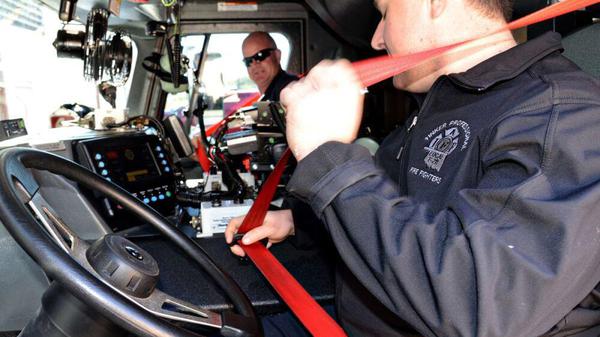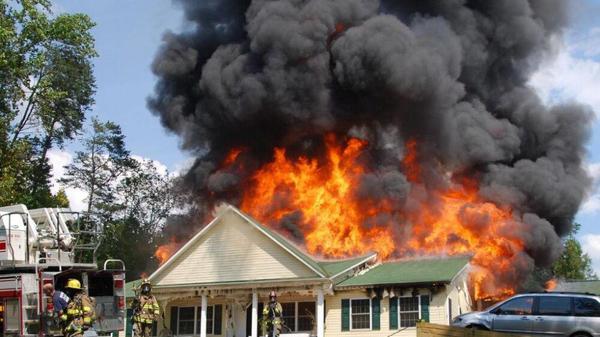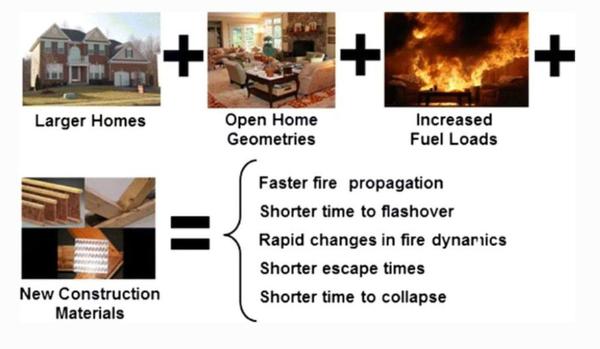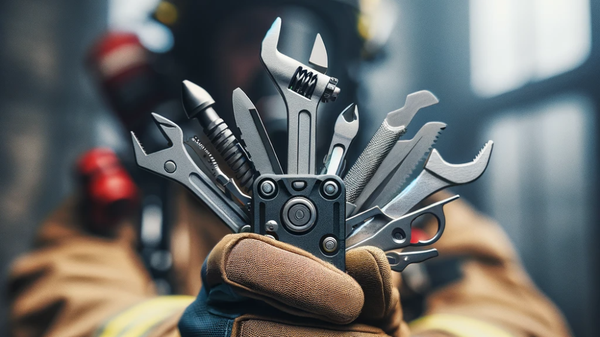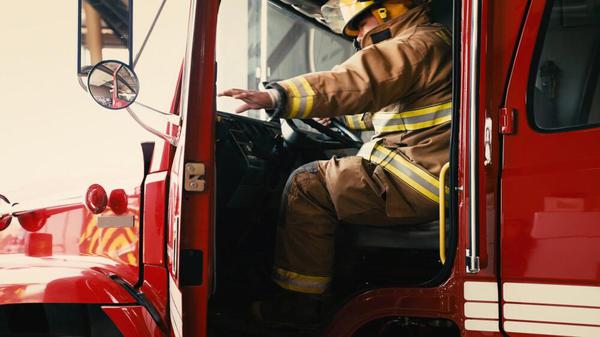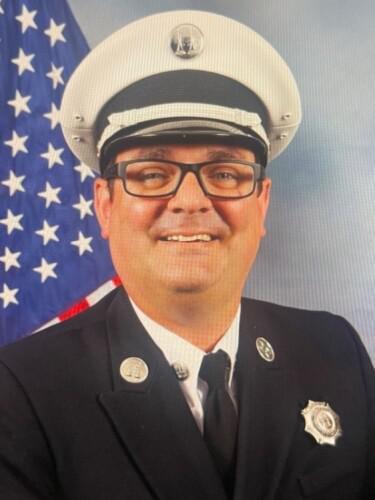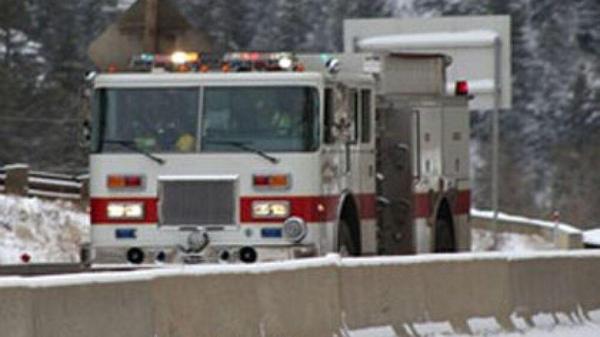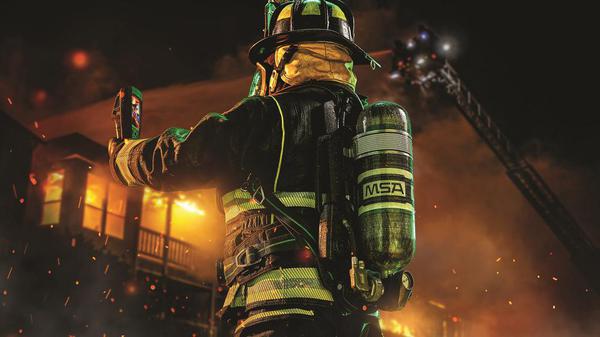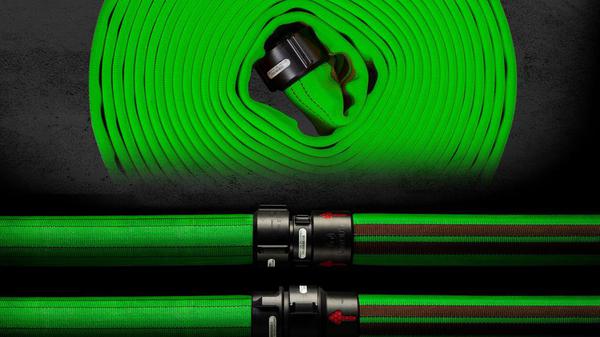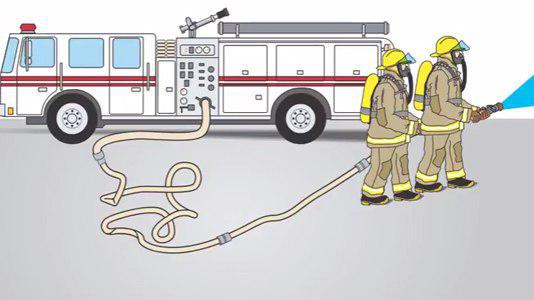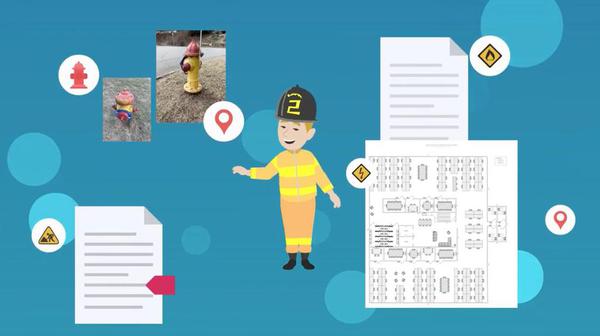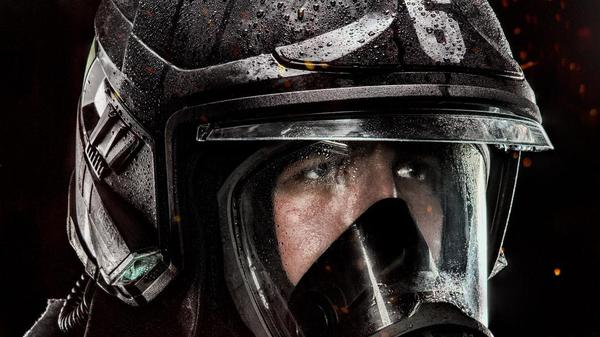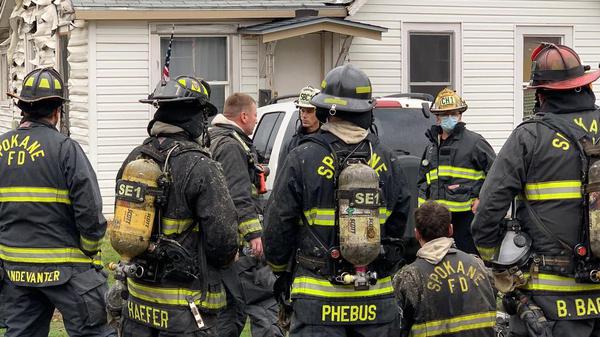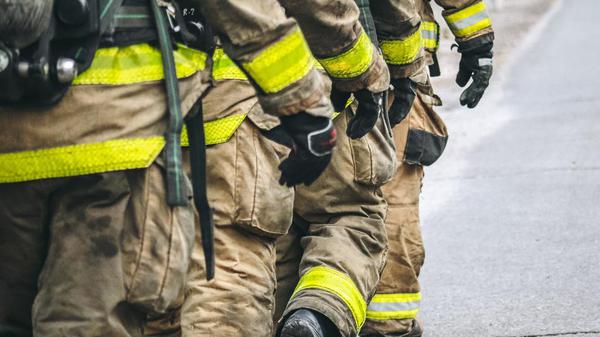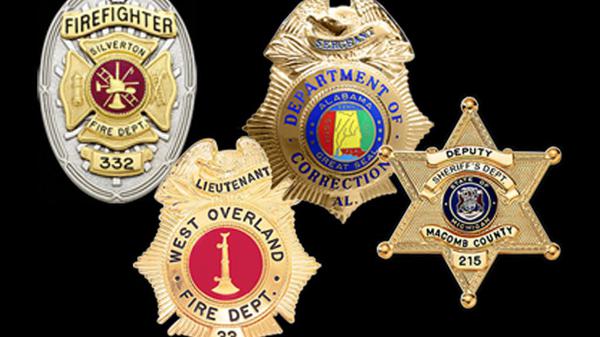7 factors to consider in your next information management system
The importance of fire departments using data – collecting it, analyzing it, developing solutions from it – should no longer be in question. The challenge now is how to process more data faster – for preparedness, prevention, operational insights, and firefighter safety and wellbeing. This is where information management systems come into play.
But how can fire department decision-makers identify the right solution for them? Start with the following seven factors:
• Comprehensive solution. Look
